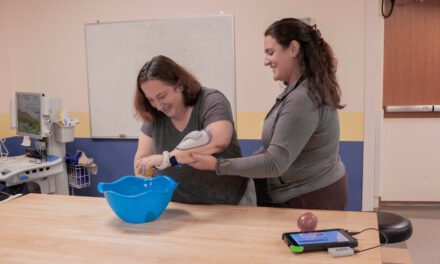by Martha Kerr
Last Updated: 2007-10-09 19:51:45 -0400 (Reuters Health)
WASHINGTON, DC (Reuters Health) – New-onset migraine headache with visual aura during middle-age is associated with a high risk of cortical and cerebellar infarcts 25 years later.
This is the latest finding from the long-term, population-based Reykjavik (Iceland) Study, which was presented here this week during the 132nd annual meeting of the American Neurological Association by principal investigator Dr. Ann I. Scher, currently at Uniformed Services University in Bethesda, Maryland.
The Reykjavik Study began in 1967 and involves community-dwelling individuals born between 1907 and 1935. In 2002, study subjects were asked to also participate in the Age, Gene/Environment Susceptibility-Reykjavik Study (AGES-RS).
On Monday, Dr. Scher reported her analysis of the first 2,300 subjects, of whom 1,843 were younger than age 60 at their midlife examination. Neurological, cardiovascular and overall health assessments were performed, and full-brain MRIs were done in 2002.
At an average age of 49 years, 68.3% of all participants had no symptoms of headache. Eighty percent of men but only 59% of women reported no headache symptoms.
Among the findings:
– One to two symptoms of migraine were reported by 14.2% of men, 22.2% of women and 18.7% overall.
– Three or more symptoms of migraine were reported by 1.5% of men and 6.7% of women.
– Visual aura was reported by 3.7% of men and 7.9% of women.
– Sensory aura was reported by 0.3% of men and 2.5% of women.
– Both visual and sensory aura were reported by 0.3% of men and 1.8% of women.
"Midlife migraine with or without aura was associated with late-life cortical infarcts," Dr. Scher announced, with an odds ratio of 1.81.
Headache with visual aura was independently associated with late-life cortical infarct (OR=2.35), cerebellar infarct (OR=1.82) and total brain infarcts (OR=1.65).
Subcortical infarcts did not correlate with symptoms of migraine, with or without visual aura, and sensory aura did not correlate with brain infarcts, Dr. Scher observed.
"The relationship between mid-life headache with visual aura and late-life infarcts was not explained by measured cardiovascular risk factors," she added.
The study is ongoing.




